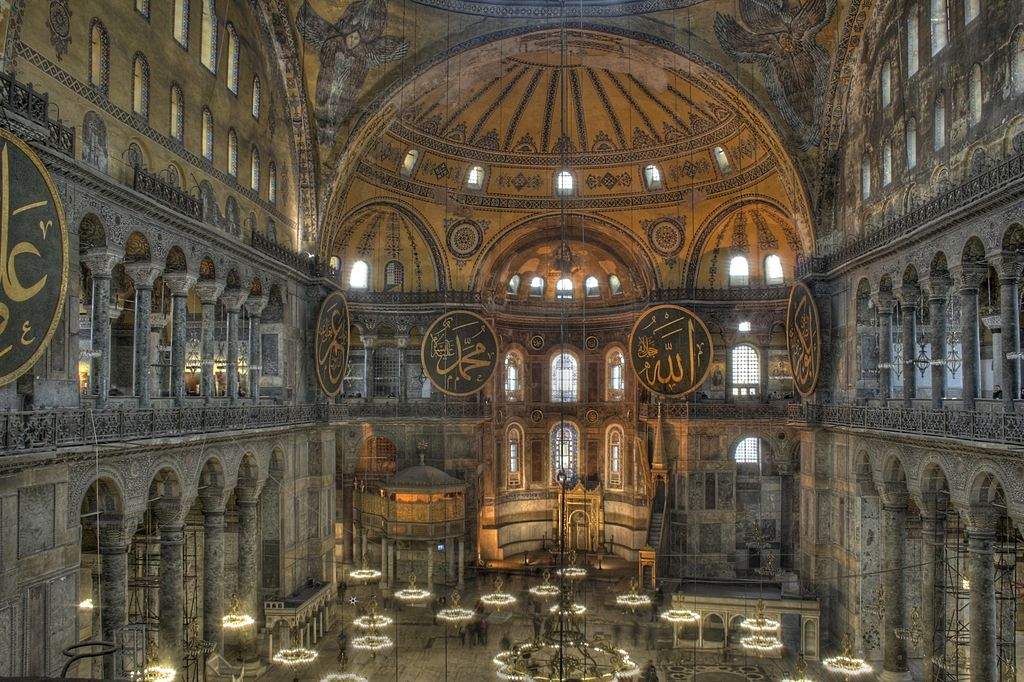The International Council ofMuseums (ICOM) and theInternational Council on Monuments and Sites (ICOMOS), the two most authoritative international bodies representing museums and monuments, respectively, have also intervened in the case of the St. Sophia basilica being converted back into a mosque, in a note. The two institutions express strong concern about the decision of the Turkish authorities, since this choice could have repercussions in terms of preservation and accessibility to this very important monument. ICOM and ICOMOS recall that St. Sophia had been a museum since 1934: its transformation into a place of culture was dictated by the desire to make a symbolic gesture to open the site to the multiculturalism of the monument itself, as well as of Turkey, which has since then opened up to the entire world.
“ICOM,” wrote President Alberto Garlandini, “has for decades championed the role of museums as meeting places for all, without distinction, and as creative places where people can participate in cultural heritage in all its dimensions, connecting past, present and future.” ICOMOS, notes its president Toshiyuki Kono, “hopes that the works of art representing all cultural levels of St. Sophia will continue to be accessible, as has been possible since the museum’s founding in 1934.”
ICOM and ICOMOS then point out that the importance of this place was underscored by its inscription as a World Heritage Site in 1985 (and UNESCO has already made its views on the matter known in a scathing note): an acknowledgement of St. Sophia’s role as a witness to a multicultural past and a present made up of dialogue between different cultures, and thus an important monument for both current and future generations. In addition, as a museum, St. Sophia has also played an educational and research role, benefiting from knowledge exchanges among curators, scholars and specialists. And research involving Turkish and international experts has enriched the understanding of the monument and supported efforts to ensure its preservation. Now it is hoped that this discussion will continue.
“ICOM,” stresses Director General Peter Keller, “expresses hope that the function of St. Sophia as a museum will continue, highlighting the importance of its preservation and continued accessibility for the public and experts.”
“The enjoyment of the Hagia Sophia,” says the Turkish section of ICOMOS, “intact in all its levels, must not be obstructed, so that this magnificent monument, part of the world’s architectural history, can inspire us all as a symbol of brotherhood that transcends faiths and as a symbol of world peace.” In conclusion, ICOM and ICOMOS and their respective committees let it be known that they have already expressed their sadness to see this monument lose its status as a museum, and they join the statements of UNESCO and the academic community.
Pictured: the interior of St. Sophia. Ph. Credit Michael Day
 |
| ICOM and ICOMOS express sadness over the conversion of St. Sophia into a mosque |
Warning: the translation into English of the original Italian article was created using automatic tools. We undertake to review all articles, but we do not guarantee the total absence of inaccuracies in the translation due to the program. You can find the original by clicking on the ITA button. If you find any mistake,please contact us.